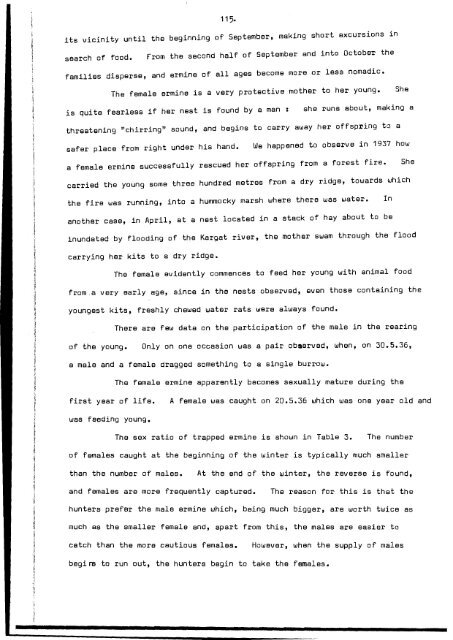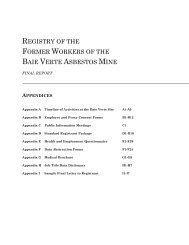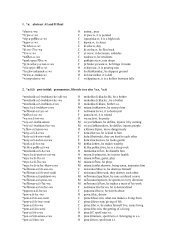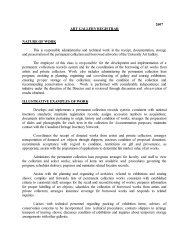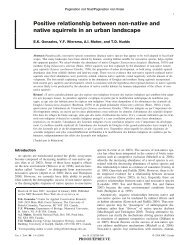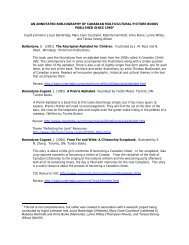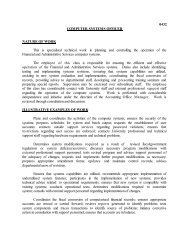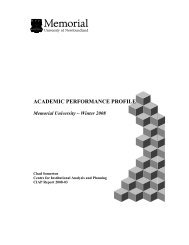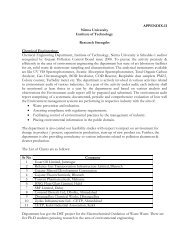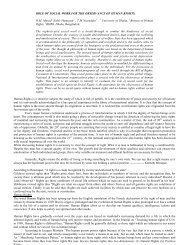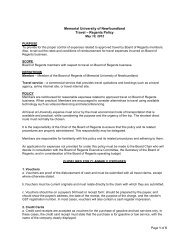You also want an ePaper? Increase the reach of your titles
YUMPU automatically turns print PDFs into web optimized ePapers that Google loves.
115·<br />
its vicinity until the beginning <strong>of</strong> September, making short excursions in<br />
search <strong>of</strong> food.<br />
From the second half <strong>of</strong> September and into October the<br />
families disperse, and ermine <strong>of</strong> all ages become more or less nomadic.<br />
The female ermine is a very protective mother to her young.<br />
She<br />
is quite fearless if her nest is found by a man:<br />
she runs about, making a<br />
threatening "chirring" sound, and begins to carry away her <strong>of</strong>fspring to a<br />
safer place from right under his hand. We happened to observe in 1937 how<br />
a female ermine successfully rescued her <strong>of</strong>fspring from a forest fire.<br />
She<br />
carried the young some three hundred metres from a dry ridge, towards which<br />
the fire was running, into a hummocky marsh where there was water.<br />
In<br />
another case, in April, at a nest located in a stack <strong>of</strong> hay about to be<br />
inundated by flooding <strong>of</strong> the Kargat river, the mother swam through the flood<br />
carrying her kits to a dry ridge.<br />
The female evidently commences to feed her young with animal food<br />
from.a very early age, since in the nests observed, even those containing the<br />
youngest kits, freshly chewed water rats were always found.<br />
There are few data on the participation <strong>of</strong> the male in the rearing<br />
<strong>of</strong> the young. Only on one occasion was a pair observed, when, on 30.5.36,<br />
a male and a female dragged something to a single burrow.<br />
The female ermine apparently becomes sexually mature during the<br />
first year <strong>of</strong> life.<br />
A female was caught on 20.5.36 which was one year old and<br />
was feeding young.<br />
The sex ratio <strong>of</strong> trapped ermine is shown in Table 3.<br />
The number<br />
<strong>of</strong> females caught at the beginning <strong>of</strong> the winter is typically much smaller<br />
than the number <strong>of</strong> males.<br />
At the end <strong>of</strong> the winter, the reverse is found,<br />
and females are more frequently captured.<br />
The reason for this is that the<br />
hunters prefer the male ermine which,<br />
being much bigger, are worth twice as<br />
much as the smaller female and, apart from this, the males are easier to<br />
catch than the more cautious females.<br />
However, when the supply <strong>of</strong> males<br />
begi ra to run out, the hunters begin to take the females.


